Lbandhani Saree: A Timeless Expression of Indian Craftsmanship
The Indian subcontinent is home to a diverse array of textiles, each telling a unique story of culture, tradition, and craftsmanship. Among them, the Lbandhani saree stands out as a timeless piece of art, intricately tied to centuries-old traditions and skilled artistry. Known for its vibrant patterns, exquisite tie-dye techniques, and cultural richness, the Lbandhani saree is more than just a garment—it’s a living tradition.
In this article, we will explore the history, making process, types, regional variations, cultural significance, styling tips, and buying guide for Lbandhani sarees. Whether you’re a fashion enthusiast, a cultural explorer, or someone looking for an elegant traditional saree, this comprehensive guide will help you understand why the Lbandhani saree holds such a special place in Indian heritage.
What is a Lbandhani Saree?
The term “Lbandhani” (also spelled as Bandhani) comes from the Sanskrit word “Bandh“, which means “to tie.” True to its name, Lbandhani sarees are crafted using a tie-and-dye technique, where the fabric is tied in small bindings and then dyed to create intricate patterns.
These patterns often resemble dots, waves, or squares and are achieved by tightly tying sections of the fabric with thread and dipping them in dye. When the ties are removed, the areas retain their original color, creating a beautiful contrast. The result is a colorful, vibrant saree that exudes grace and traditional charm.
History and Origin
The art of Bandhani is believed to be more than 5,000 years old, dating back to the time of the Indus Valley Civilization. Ancient murals and sculptures depict women wearing dotted patterns that closely resemble today’s Bandhani prints.
Historically, Bandhani work has been practiced primarily in the Indian states of Rajasthan, Gujarat, and parts of Uttar Pradesh. Over time, different regions developed their own styles and techniques, making Lbandhani a versatile and regionally diverse textile.
Lbandhani sarees were once considered symbols of prosperity, fertility, and spiritual purity, often worn during auspicious events such as weddings, festivals, and religious ceremonies.
The Making Process
Creating a Lbandhani saree is a labor-intensive process that demands both precision and creativity. Here’s a step-by-step overview:
1. Selection of Fabric
Traditionally, Lbandhani is done on lightweight fabrics like:
- Cotton
- Silk
- Georgette
- Chiffon
- Crepe
These fabrics allow dyes to seep through easily and create vibrant impressions.
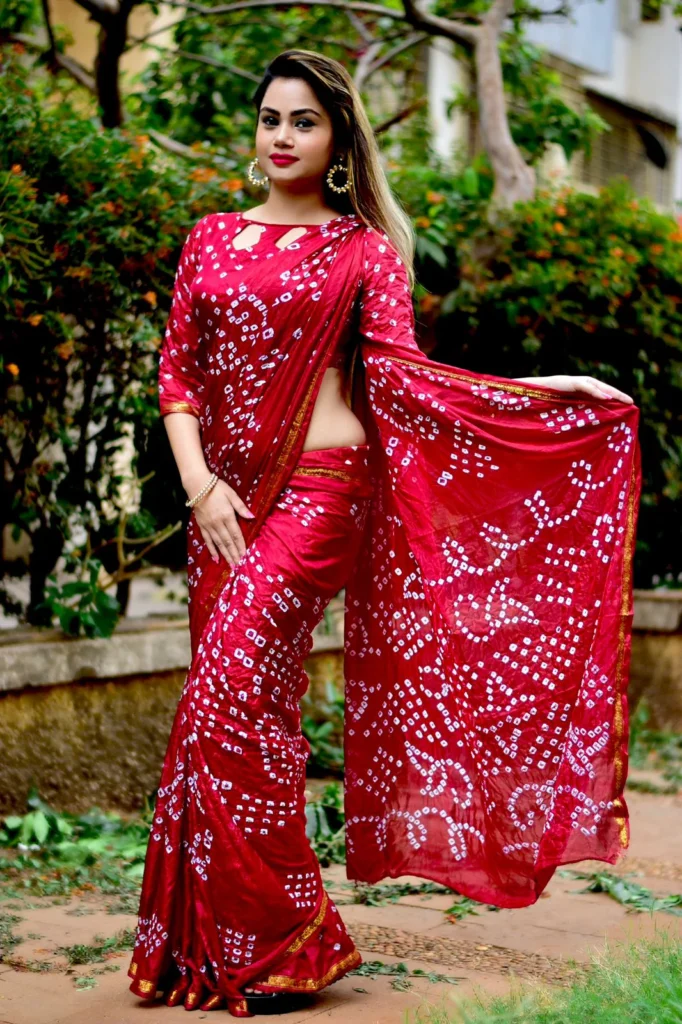
2. Tying the Fabric
Using a needle or fingers, skilled artisans tie thousands of tiny knots over the fabric. Each knot is created by pinching a small portion of cloth and securing it with thread.
These knots define the final design and are meticulously planned to form floral motifs, animals, paisleys, or geometric shapes.
3. Dyeing
Once the fabric is tied, it’s dipped into natural or chemical dyes. Traditionally, natural dyes like indigo, turmeric, and madder were used. Multiple colors can be added by re-tying and re-dyeing sections, a process that may take weeks.
4. Drying and Untying
After dyeing, the saree is dried and the knots are carefully opened, revealing intricate patterns in vibrant contrasts.
Types of Lbandhani Sarees
Lbandhani sarees come in various styles, depending on the region, motif, and dyeing technique. Some popular types include:
1. Gharchola Bandhani Saree
Originating in Gujarat, these sarees are often red or green with golden checks and Bandhani dots. They’re popular bridal sarees.
2. Leheriya Saree
Common in Rajasthan, this variation uses diagonal tie-dye patterns resembling ocean waves. It’s typically worn during festive occasions.
3. Shikari Bandhani
This features motifs of animals, birds, and hunters, hence the name ‘Shikari’ (hunter). These are rare and considered collector’s pieces.
4. Ekdali and Trikunti Bandhani
These refer to single-dot and three-dot patterns, respectively. They are simpler and often used for daily or semi-formal wear.
5. Panetar Saree
A combination of white and red Bandhani with zari work, Panetar is a significant bridal saree among Gujarati brides.
Cultural and Social Significance
Lbandhani sarees are deeply embedded in Indian customs and rituals. Some of the key cultural aspects include:
- Marriage and Festivities: Wearing a Bandhani saree during weddings is a sign of good fortune. Brides, especially in Gujarat and Rajasthan, wear elaborately designed Bandhani sarees.
- Religious Ceremonies: Women wear Bandhani sarees during Navratri, Teej, and other traditional festivals as a symbol of devotion and celebration.
- Symbolism of Colors:
- Red: Love and marriage
- Yellow: Fertility and happiness
- Green: New beginnings
- Blue: Spirituality
Modern-Day Appeal and Fashion
Lbandhani sarees have found their place in contemporary fashion as well. Designers like Sabyasachi, Ritu Kumar, and Abu Jani Sandeep Khosla have reinvented Bandhani in modern silhouettes, blending traditional art with modern aesthetics.
Celebrities and influencers wear Lbandhani sarees at award functions, Diwali parties, and even on international platforms, giving it a global appeal.
You’ll now find Lbandhani-inspired:
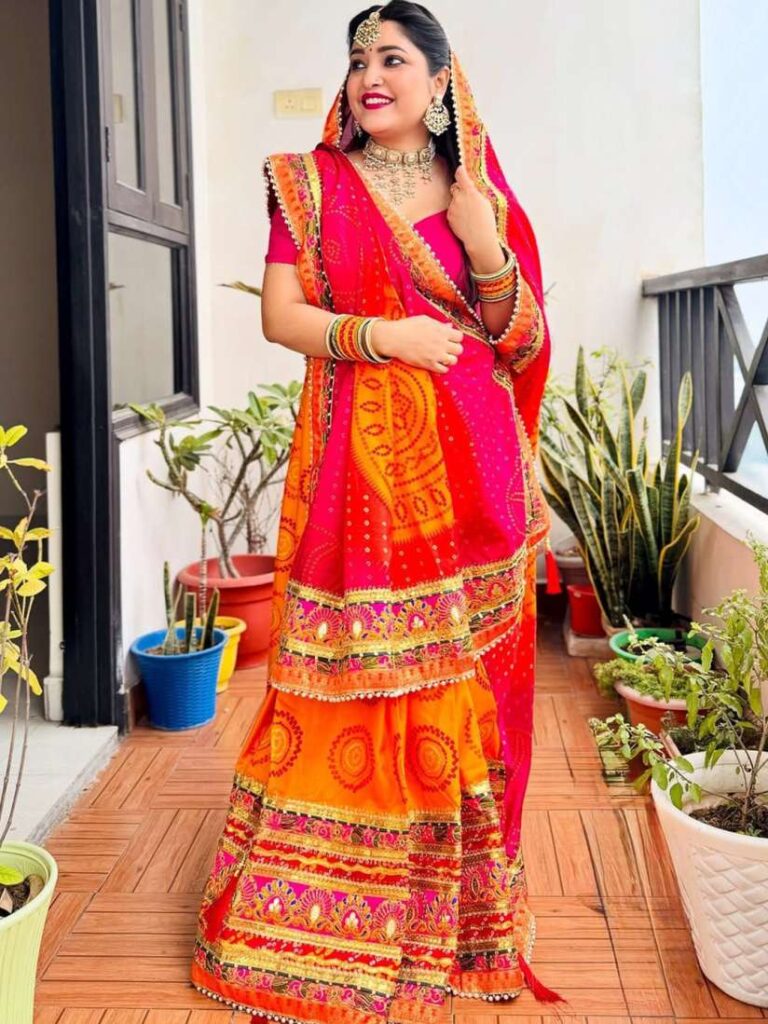
- Saree gowns
- Dupattas with palazzo sets
- Bandhani-printed lehengas
- Indo-western tops and dresses
How to Style a Lbandhani Saree
Here are some tips to wear and style a Lbandhani saree for different occasions:
Traditional Look
- Pair a red Gharchola saree with gold temple jewelry, kundan earrings, and a maang tikka.
- Go for a neatly pleated pallu and a gajra bun for a regal look.
Festive Look
- Choose a leheriya saree with mirror work blouse.
- Wear colorful bangles and a potli bag.
Office or Semi-Formal Look
- Opt for a cotton or georgette Lbandhani saree in subtle tones like beige, maroon, or indigo.
- Keep accessories minimal and go for a sleek ponytail or loose waves.
Buying Guide for Lbandhani Sarees
If you’re planning to invest in a Lbandhani saree, here are a few tips:
1. Authenticity
Real Bandhani sarees will have uneven patterns, slight color bleeding, and tiny holes where the fabric was tied. Machine-printed imitations lack these characteristics.
2. Fabric Choice
Choose the fabric based on the occasion:
- Silk or crepe for weddings
- Cotton or georgette for daily and casual wear
3. Price Range
Prices can range from ₹1,000 for basic cotton Bandhani to ₹50,000 or more for handwoven silk Bandhani sarees with zari work.
4. Where to Buy
- Gujarat: Jamnagar, Bhuj, and Ahmedabad markets
- Rajasthan: Jaipur and Jodhpur Bandhani bazaars
- Online: Websites like Jaypore, FabIndia, Gaatha, Amazon, and Myntra offer a wide range
Preservation and Care Tips
To keep your Lbandhani saree looking vibrant:
- Hand wash in cold water with mild detergent
- Avoid direct sunlight while drying
- Dry clean silk Bandhani sarees
- Store in a muslin cloth to allow the fabric to breathe
Conclusion
The Lbandhani saree is not just a piece of clothing—it’s a vibrant narrative of India’s cultural and artistic journey. From ancient dyeing traditions to modern fashion ramps, Bandhani has remained relevant and celebrated across generations. With its rich history, vivid colors, and exquisite craftsmanship, a Lbandhani saree is an investment in tradition, style, and heritage.
Whether you’re attending a festive celebration, looking for a bridal saree, or simply want to own a piece of Indian art, the Lbandhani saree is a perfect choice that promises elegance with a touch of timeless tradition.
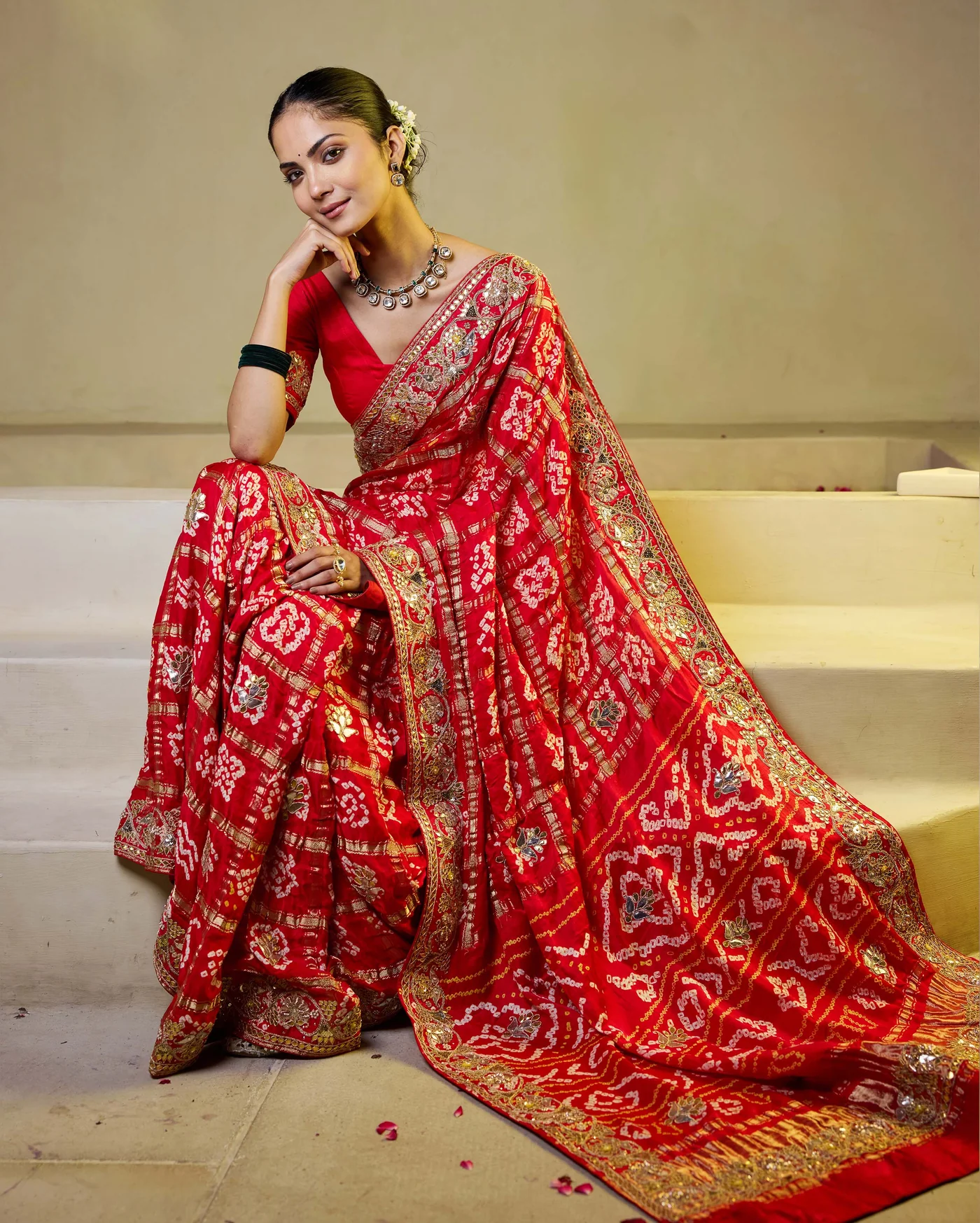
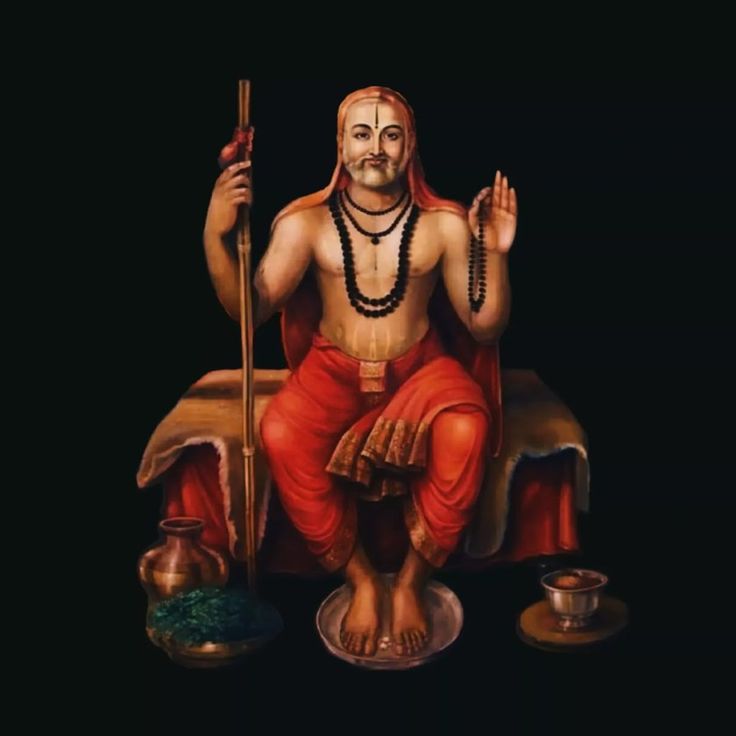
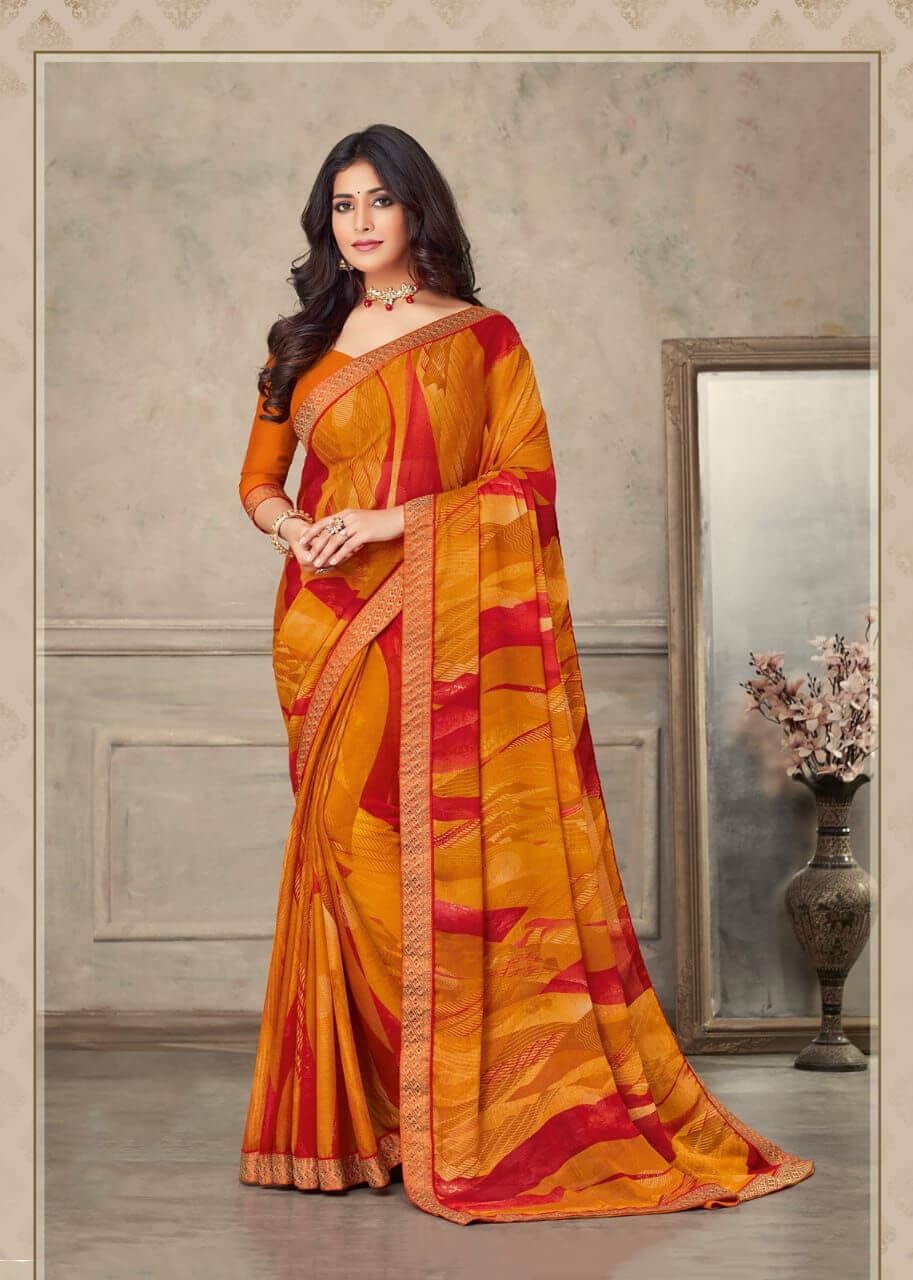

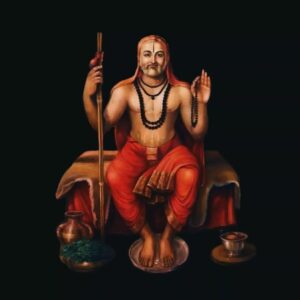
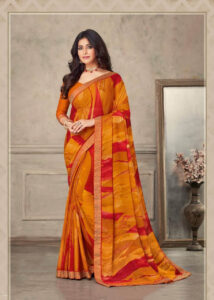
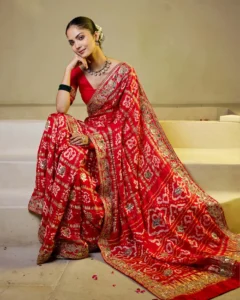

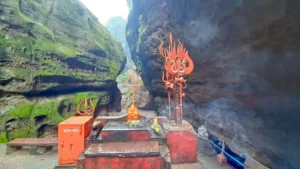





Post Comment